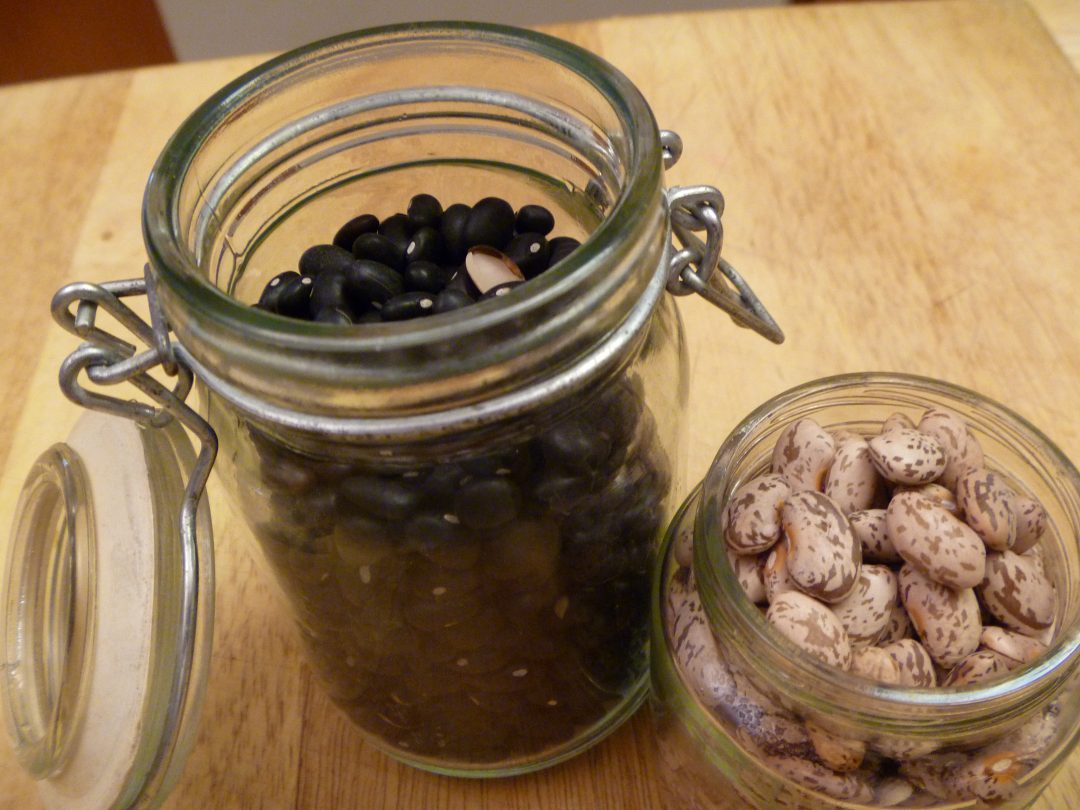

In reality, beans (and legumes) are considered the most healthful food on the planet! In fact, their health benefits trace back to 6,000 B.C and research proves beans are good for us and should be part of a healthy diet. I find it quite a conflict of interest that this cardiologist who has scared the world on the dangers of lectins just so happens to also sell a “lectin shield” supplement (the anecdote to the poison.)
Black or pinto beans healthier how to#
While I was researching for my #1 best-selling book, Food Sanity, How to Eat in a World of Fads and Fiction, I follow the money and look at all the BUYased agendas (spelling emphasized) behind many of today's leading fad diets. Lectins are thought to have evolved as a natural defense in plants to deter animals from eating them.

Remember the saying we learned as kids, “Beans Beans good for the heart….”? While no one denies the second part of that statement is true, according to a leading cardiologist, beans are bad for the heart! He claims a toxin found in beans called “lectins,” a naturally occurring protein, is dangerous to consume. They’re often used as a meat substitute in vegetarian and vegan diets.BEANS (AND LEGUMES) RANKED BY HOW HEALTHY THEY ARE By: Dr. SUMMARYīeans are also included in the protein food group because they supply a significant amount of amino acids. If they’re used for protein, 1/4 cup of beans (43 grams) is equal to 1 ounce of meat (28 grams) or other animal-based protein ( 3).īeans are usually ranked as a lower quality source of protein compared with animal-based protein, as they lack one or more essential amino acids ( 5).Įssentially, this means that, compared with animal-based protein, you need to eat more servings of beans - in combination with other plant-based protein sources - to meet your daily amino acid and protein needs. The United States Department of Agriculture (USDA) counts beans as part of both the vegetable and protein food groups. In fact, beans are a popular substitute for meat and other animal-based protein sources in vegetarian and vegan diets.īeans are also one of the most affordable protein sources, making them an invaluable component of the global food supply ( 4). Unlike other types of vegetables, beans are often considered to be part of the protein food group, too.

Perhaps one of the most unique nutritional features of beans is their protein content. They may be further classified as a “starchy vegetable,” along with potatoes and squash. Thus, they’re frequently considered part of the vegetable food group. SUMMARYīeans are nutrient dense with high fiber and starch contents. They may also be further categorized into the subgroup “ starchy vegetables,” alongside potatoes and squash, due to their relatively high starch content compared with other types of vegetables. Research indicates that regularly eating beans and other pulses can significantly improve your overall diet quality ( 2).īecause of their nutrient makeup and high fiber content, beans and other legumes are often classified as part of the vegetable food group ( 3). Like many vegetables, beans are rich in plant compounds known as phytonutrients, which may help prevent chronic disease. Though the exact nutrient content of beans varies depending on the type of bean and the soil in which they’re grown, most are particularly high in folate, iron, magnesium, fiber, and protein.
:max_bytes(150000):strip_icc()/pinto-beans-ee4802776228449a93199a05c86b5f73.jpg)
Here’s the nutrient content of a typical 1-cup (172-gram) serving of cooked black beans ( 1): Nutritionally, beans are famed as a rich source of protein, vitamins, minerals, and carbohydrates, including both soluble and insoluble fiber.


 0 kommentar(er)
0 kommentar(er)
